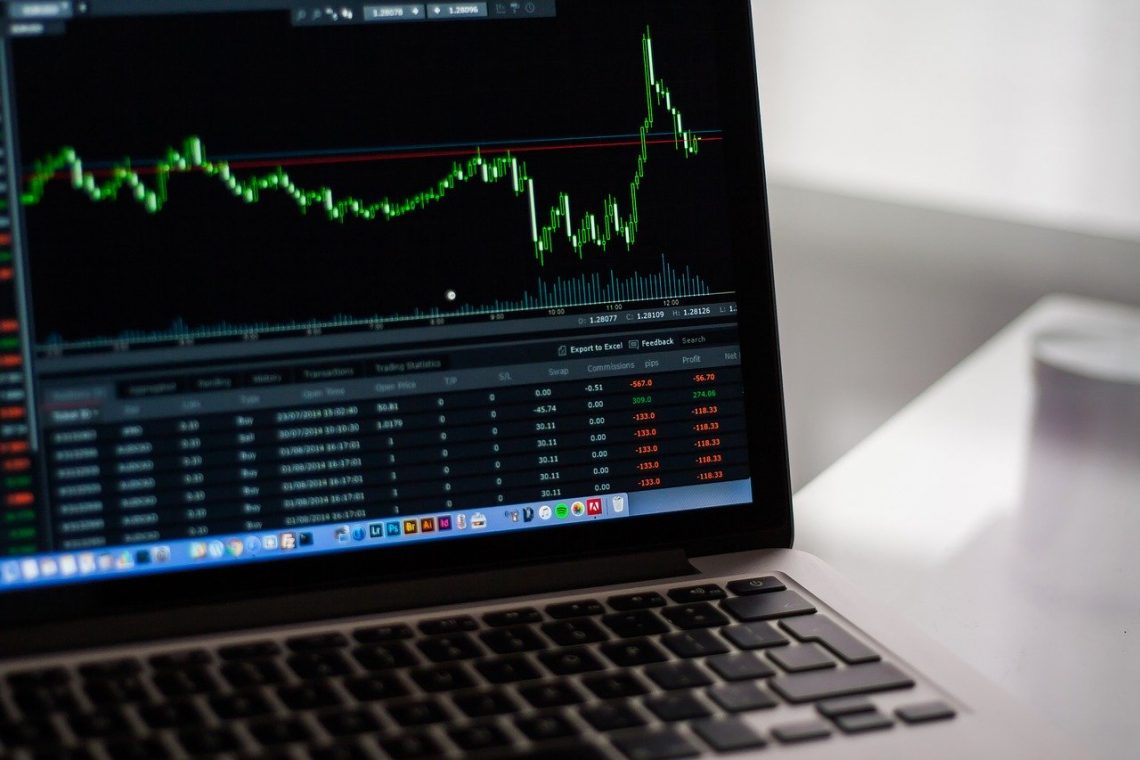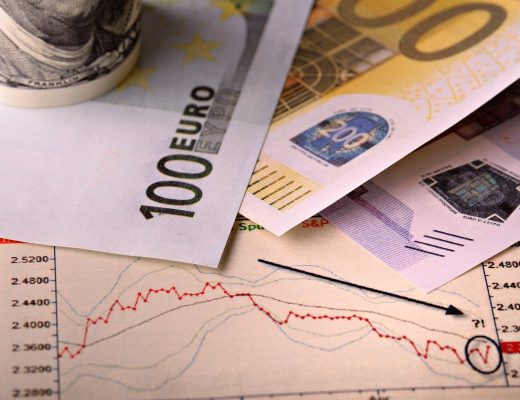Third tier stocks are a certain category of securities that are characterized by a high level of risk, have low liquidity and intraday volumes. Usually investors allocate to this type company assets with small capitalization or those which have just entered the market.
What are third tier stocks: paper characteristic?
Officially, stock exchanges do not divide shares, but traders have used the concept of third tier stocks for a long time. By this they mean low-liquid assets with trading volumes of 10-100 thousand rubles. For example, first-class securities, which are also called blue chips, are traded in millions of dollars daily. In the third category are also companies that have recently registered on the stock market or have small capitalization. They are not yet known to investors or investing in them may involve risks. Such shares are often called kopecks, cents or Penny stocks.
Stocks of the third tier are considered to be securities with the price less than 5 dollars. Despite their low value, these assets are quite popular in the stock market. Investment of such companies can bring a good income in minimum terms. Local brokers who do not enter the large stock exchanges due to a tight listing are dropping these shares. In most cases, Penny Stocks uses trading systems that do not go through exchanges: “Pink Sheets or specialized OTCQB message boards. The first to publish quotes for these shares.
Third tier securities can be found through various monitoring tools, many of which are free. They help to search for the right stocks, sort the material found by certain criteria.

The risk of investing in third tier companies can be rewarded with high returns. Shares of companies that were worth a penny have increased their value from 106% to 375%.
If we compare the American and Russian stock markets, the first one is certainly much more developed. Therefore, companies that are considered to be in the third tier have higher capitalization rates than firms of the same category in Russia.
It is still possible to make money on these shares. Their peculiarity is a significant growth in a short period of time. It can reach from 100 to 400% and if properly planned, will bring good profits.
The main risk of third tier stocks is the company’s youth, which is often accompanied by financial instability. In addition, organizations that have not undergone stock exchange monitoring may see artificial undervaluation or increase in the price of securities. Other risks are corruption and the redemption of shares through shadow schemes at an undervalue. Such operations are carried out for the purpose of selling securities only to the majority shareholder and at the amount announced by him.










